 Search by Keyword
|
"THE CONTINUING STORY OF BUNGALOW BILL"
(John Lennon - Paul McCartney)
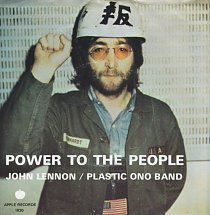 "I had a sort of professional songwriter's attitude to writing pop songs," John Lennon stated in 1971. "I'd have a separate 'songwriting' John Lennon who wrote songs for the sort of meat market, and I didn't consider them, the lyrics or anything, to have any depth at all. Then I started being me about the songs...not writing them objectively, but subjectively...I think it was Dylan that helped me realize that." "I had a sort of professional songwriter's attitude to writing pop songs," John Lennon stated in 1971. "I'd have a separate 'songwriting' John Lennon who wrote songs for the sort of meat market, and I didn't consider them, the lyrics or anything, to have any depth at all. Then I started being me about the songs...not writing them objectively, but subjectively...I think it was Dylan that helped me realize that."
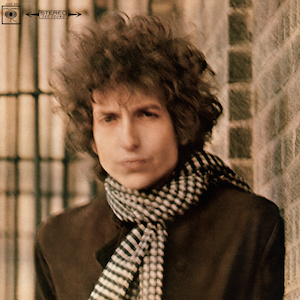 Bob Dylan's influence on John's songwriting was first evidenced back in 1964, shown with the revealing of his emotions, such as in “I'm A Loser,” instead of just cranking out pop songs for teenage girls. By 1968, just after his self proclaimed 'songwriting trough' of 1967, John had developed his craft into expressing what was going on around him, his personal experiences along with his interpretations thereof. Prime evidence of this is the “White Album” track “The Continuing Story Of Bungalow Bill,” which interjects a bit of Lennon wit to display the overall message of hypocrisy regarding an event witnessed in India in the spring of 1968. Bob Dylan's influence on John's songwriting was first evidenced back in 1964, shown with the revealing of his emotions, such as in “I'm A Loser,” instead of just cranking out pop songs for teenage girls. By 1968, just after his self proclaimed 'songwriting trough' of 1967, John had developed his craft into expressing what was going on around him, his personal experiences along with his interpretations thereof. Prime evidence of this is the “White Album” track “The Continuing Story Of Bungalow Bill,” which interjects a bit of Lennon wit to display the overall message of hypocrisy regarding an event witnessed in India in the spring of 1968.
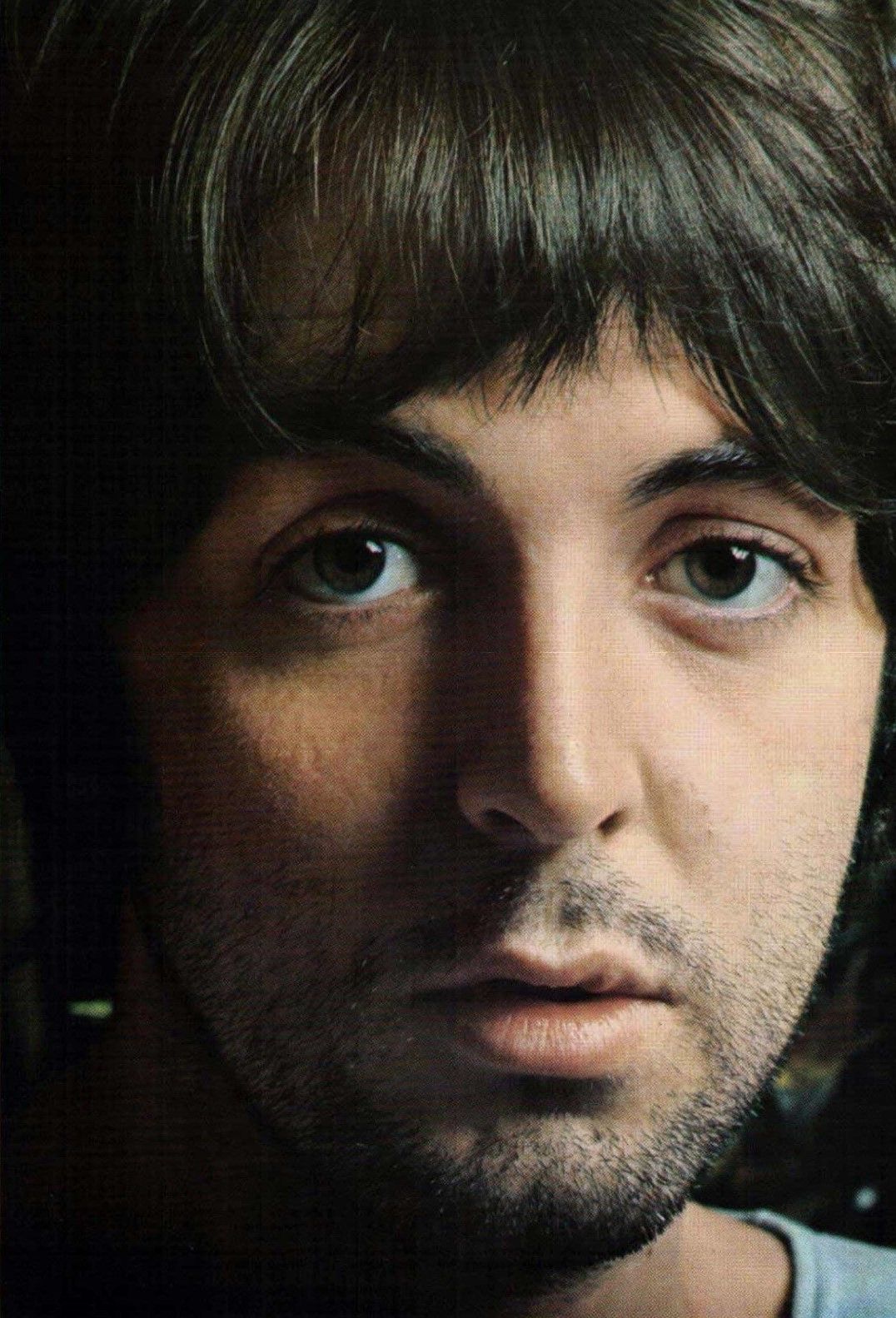 John's intentions, as expressed in this song, weren't missed by fellow songwriter Paul McCartney, especially after his development of disgust for killing innocent animals as well as his becoming a vegetarian. “This is another of his great songs and it's one of my favorites to this day because it stands for a lot of what I stand for now. 'Did you really have to shoot that tiger' is its message. 'Aren't you a big guy? Aren't you a brave man?' I think John put it very well." John's intentions, as expressed in this song, weren't missed by fellow songwriter Paul McCartney, especially after his development of disgust for killing innocent animals as well as his becoming a vegetarian. “This is another of his great songs and it's one of my favorites to this day because it stands for a lot of what I stand for now. 'Did you really have to shoot that tiger' is its message. 'Aren't you a big guy? Aren't you a brave man?' I think John put it very well."
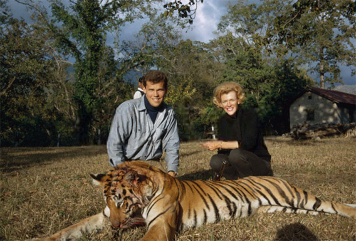
Richard Cooke III and his mother Nancy posing with the killed tiger, India, circa 1968
Songwriting History
"I remember John singing 'Bungalow Bill' in Rishikesh," Paul remembered in 1994. The Beatles trip to Rishikesh, India, in the spring of 1968 to study Transcendental Meditation with the Maharishi became a perfect getaway to clear their minds, the result also being great inspiration for new material for their next album.
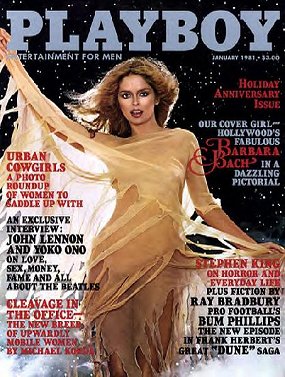 In his 1980 Playboy Magazine interview, John paints a thumbnail sketch of the song's inspiration. “At the Maharishi's meditation camp, there was a guy who took a short break to go away and shoot a few poor tigers and then came back to commune with God. There used to be a character called Jungle Jim and I combined him with Buffalo Bill. It's a sort of teenage social-comment song. It's a bit of a joke.” It is said that the term “bungalow” was included in the title because of the accommodations they all were provided while on this spiritual retreat. In his 1980 Playboy Magazine interview, John paints a thumbnail sketch of the song's inspiration. “At the Maharishi's meditation camp, there was a guy who took a short break to go away and shoot a few poor tigers and then came back to commune with God. There used to be a character called Jungle Jim and I combined him with Buffalo Bill. It's a sort of teenage social-comment song. It's a bit of a joke.” It is said that the term “bungalow” was included in the title because of the accommodations they all were provided while on this spiritual retreat.
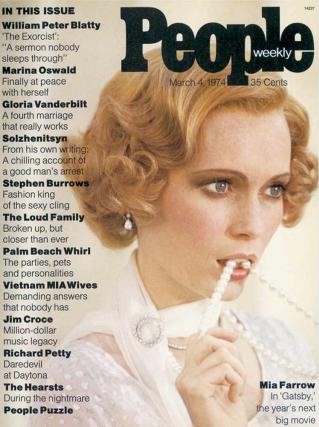 The guy John describes was 27 year old Richard Cooke III (or Rik for short) who arrived at the Rishikesh retreat to visit his mother, Nancy Cooke de Herrera. Nancy was a long-time follower of the Maharishi's teachings and had even worked for him as a publicist in the '60s. Another camp member, Mia Farrow, describes Nancy Cooke de Herrera's arrival at the ashram as follows: “A self-important middle-aged American woman arrived, moving a mountain of luggage into the brand-new private bungalow next to Maharishi's...People fled this newcomer and no one was sorry when she left the ashram after a short time to go tiger hunting.” The guy John describes was 27 year old Richard Cooke III (or Rik for short) who arrived at the Rishikesh retreat to visit his mother, Nancy Cooke de Herrera. Nancy was a long-time follower of the Maharishi's teachings and had even worked for him as a publicist in the '60s. Another camp member, Mia Farrow, describes Nancy Cooke de Herrera's arrival at the ashram as follows: “A self-important middle-aged American woman arrived, moving a mountain of luggage into the brand-new private bungalow next to Maharishi's...People fled this newcomer and no one was sorry when she left the ashram after a short time to go tiger hunting.”
 In the song, John described her visiting son as “the all-American bullet-headed Saxon mother's son,” with which Richard Cooke himself concurs as to the impression he must have made. “The other Beatles were always real nice to me but John was always aloof,” Richard Cooke remembers. “They epitomized the counter culture and I was the classic good American boy and college athlete. There wasn't a whole bunch that we got to connect on.” At six foot tall, dressed in white and sporting a crew cut, he undoubtedly stood out among the colorfully dressed spirited proponents of Eastern religious values at that time. In the song, John described her visiting son as “the all-American bullet-headed Saxon mother's son,” with which Richard Cooke himself concurs as to the impression he must have made. “The other Beatles were always real nice to me but John was always aloof,” Richard Cooke remembers. “They epitomized the counter culture and I was the classic good American boy and college athlete. There wasn't a whole bunch that we got to connect on.” At six foot tall, dressed in white and sporting a crew cut, he undoubtedly stood out among the colorfully dressed spirited proponents of Eastern religious values at that time.
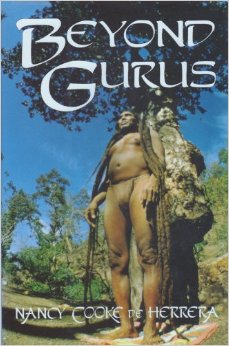 At some point during their stay, Nancy Cooke de Herrera, her son Richard Cooke, and several others set out riding elephants on a trip about three hours away from Rishikesh to hunt tigers. In a 2018 article entitled "My Last Hunt" in "Chasing The Light," Richard Cooke writes: "A friend from India who was an adventure guide was able to get me on a tiger hunt during which we rode elephants. It was a thrilling experience - and I shot a tiger." This Indian tour guide, Avi Kohli, is depicted in Nancy Cooke de Herrera's book “Beyond Gurus: A Woman Of Many Worlds” as explaining that killing tigers was a "traditional act" that was quite necessary since local villagers had been concerned about tigers killing elephants at that time. At one point, Nancy Cooke de Herrera describes an episode of this trip involving them hiding in a tree on a wooden platform called a marchand, aiming downward with the intention of shooting a tiger. Her son "Rik sat down and I stood behind him. It wasn't long before I saw this flash of yellow and black. I let out a yell and Rik twirled and shot the tiger right through the ear." As shown above, Richard Cooke was proud enough of this event to pose for pictures with the killed animal. At some point during their stay, Nancy Cooke de Herrera, her son Richard Cooke, and several others set out riding elephants on a trip about three hours away from Rishikesh to hunt tigers. In a 2018 article entitled "My Last Hunt" in "Chasing The Light," Richard Cooke writes: "A friend from India who was an adventure guide was able to get me on a tiger hunt during which we rode elephants. It was a thrilling experience - and I shot a tiger." This Indian tour guide, Avi Kohli, is depicted in Nancy Cooke de Herrera's book “Beyond Gurus: A Woman Of Many Worlds” as explaining that killing tigers was a "traditional act" that was quite necessary since local villagers had been concerned about tigers killing elephants at that time. At one point, Nancy Cooke de Herrera describes an episode of this trip involving them hiding in a tree on a wooden platform called a marchand, aiming downward with the intention of shooting a tiger. Her son "Rik sat down and I stood behind him. It wasn't long before I saw this flash of yellow and black. I let out a yell and Rik twirled and shot the tiger right through the ear." As shown above, Richard Cooke was proud enough of this event to pose for pictures with the killed animal.
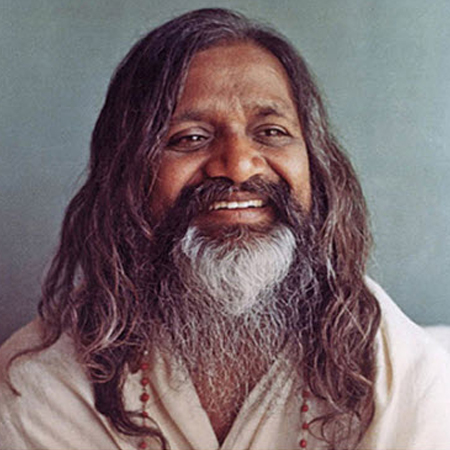 In the article "My Last Hunt," Richard Cooke states: "The following day, my mother related the adventure to the Maharishi as John Lennon listened. I was proud of my accomplishment, and my mother was proud of me. The Maharishi, however, was not impressed." Both John and Paul were apparently present during this conversation with this spiritual leader. “It was a fluke that they happened to be sitting there where I had this conversation with Maharishi,” Richard Cooke relates. “My mother is a very vocal person and she was talking excitedly about killing the tiger and Maharishi looked pretty aghast that his followers could actually go out and do something like this. It was the only time I ever saw him almost angry.” In the article "My Last Hunt," Richard Cooke states: "The following day, my mother related the adventure to the Maharishi as John Lennon listened. I was proud of my accomplishment, and my mother was proud of me. The Maharishi, however, was not impressed." Both John and Paul were apparently present during this conversation with this spiritual leader. “It was a fluke that they happened to be sitting there where I had this conversation with Maharishi,” Richard Cooke relates. “My mother is a very vocal person and she was talking excitedly about killing the tiger and Maharishi looked pretty aghast that his followers could actually go out and do something like this. It was the only time I ever saw him almost angry.”
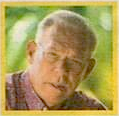 “Rik (Richard Cooke) told him that he felt bad about it and said that he didn't think he'd ever kill an animal again,” relates Nancy Cooke de Herrera. “Maharishi said, 'You had the desire, Rik, and now you no longer have the desire?' Then John asked, 'Don't you call that slightly life destructive?'" Richard Cooke remembers that then the Maharishi sternly replied, "Life destruction is life destruction!" "I simply had never thought of hunting in those terms before," Richard Cooke later explained. Nancy Cooke de Herrera continues: "I said, 'Well, John, it was either the tiger or us. The tiger was jumping right where we were.' That came up in the lyric as 'If looks could kill it would have been us instead of him.'” This event ended the hunting career of Richard Cooke III. "Some months later, my sister pointed out to me a new song by John Lennon...I decided to exchange my gun for a camera." He took up professional photography, working as a freelancer for The National Geographic Society for the next 22 years. He wrote, "Photographing wild animals in Africa was much more challenging and thrilling and, in the end, much more rewarding." His mother Nancy Cooke de Herrera remained friends with fellow meditator George Harrison until his death in 2001. “Rik (Richard Cooke) told him that he felt bad about it and said that he didn't think he'd ever kill an animal again,” relates Nancy Cooke de Herrera. “Maharishi said, 'You had the desire, Rik, and now you no longer have the desire?' Then John asked, 'Don't you call that slightly life destructive?'" Richard Cooke remembers that then the Maharishi sternly replied, "Life destruction is life destruction!" "I simply had never thought of hunting in those terms before," Richard Cooke later explained. Nancy Cooke de Herrera continues: "I said, 'Well, John, it was either the tiger or us. The tiger was jumping right where we were.' That came up in the lyric as 'If looks could kill it would have been us instead of him.'” This event ended the hunting career of Richard Cooke III. "Some months later, my sister pointed out to me a new song by John Lennon...I decided to exchange my gun for a camera." He took up professional photography, working as a freelancer for The National Geographic Society for the next 22 years. He wrote, "Photographing wild animals in Africa was much more challenging and thrilling and, in the end, much more rewarding." His mother Nancy Cooke de Herrera remained friends with fellow meditator George Harrison until his death in 2001.
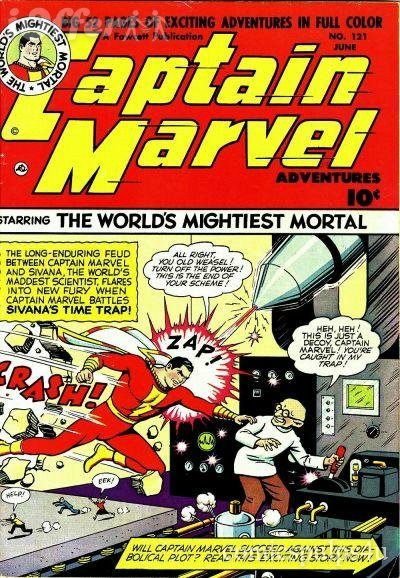 The lyrics of the finished song follow the story quite accurately, at least through the eyes of Lennon who desired to slant the events in a humorous vein but with the added flavor of exposing hypocrisy. The elephants were mentioned, as well as the presence of his mother who came along “in case of accidents.” John's statement about the death of the tiger being 'life destructive' was depicted as coming from “the children” asking if “to kill was not a sin,” along with the mother's reply related as “not when he looked so fierce,” Yoko Ono playing the part of Nancy Cooke de Herrera in the recording. The only fictional departure from the actual story is the throwback reference to comic books that John undoubtedly enjoyed during his childhood in the late '50s and early '60s. "Captain Marvel - The World's Mightiest Mortal," as these comic books referred to this character, enters John's lyrics to have “zapped him right between the eyes.” This American comic book reference to someone 'zapping' someone was something that John thought to be humorous, so he added it into the story as a sly inside joke, emphatically repeated afterwards as “ZZZZAP!" The lyrics of the finished song follow the story quite accurately, at least through the eyes of Lennon who desired to slant the events in a humorous vein but with the added flavor of exposing hypocrisy. The elephants were mentioned, as well as the presence of his mother who came along “in case of accidents.” John's statement about the death of the tiger being 'life destructive' was depicted as coming from “the children” asking if “to kill was not a sin,” along with the mother's reply related as “not when he looked so fierce,” Yoko Ono playing the part of Nancy Cooke de Herrera in the recording. The only fictional departure from the actual story is the throwback reference to comic books that John undoubtedly enjoyed during his childhood in the late '50s and early '60s. "Captain Marvel - The World's Mightiest Mortal," as these comic books referred to this character, enters John's lyrics to have “zapped him right between the eyes.” This American comic book reference to someone 'zapping' someone was something that John thought to be humorous, so he added it into the story as a sly inside joke, emphatically repeated afterwards as “ZZZZAP!"
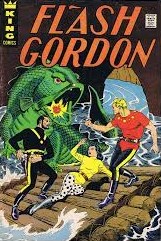 This whole event in India apparently also reminded John of the "continuing story" Saturday morning film serials he grew up with, which featured heroes such as Buck Rogers, The Phantom and Flash Gordon. Therefore, he insisted on including this moniker within the title of his song, as well as the phrase "all the children sing" to introduce the choruses of the song. The childhood theme was even reflected on John's original lyric sheet for the song, which was indicated as #6 of the compositions he wrote in India, this sheet including the slightly different line "Our hero's elephants were taken by surprise" and the curious legend at the top of the page which read: "Band (Water Melen), children!" This whole event in India apparently also reminded John of the "continuing story" Saturday morning film serials he grew up with, which featured heroes such as Buck Rogers, The Phantom and Flash Gordon. Therefore, he insisted on including this moniker within the title of his song, as well as the phrase "all the children sing" to introduce the choruses of the song. The childhood theme was even reflected on John's original lyric sheet for the song, which was indicated as #6 of the compositions he wrote in India, this sheet including the slightly different line "Our hero's elephants were taken by surprise" and the curious legend at the top of the page which read: "Band (Water Melen), children!"
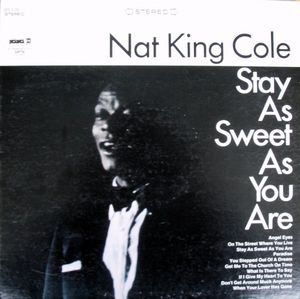 As for the melody used in the song, John unconsciously borrowed from the classic 1930's standard “Stay As Sweet As You Are,” as recorded by many artists such as Ray Noble, Lanny Ross and Nat King Cole. The melody line of the chorus of both songs are noticeably similar, right down to the lowering of the key as the same melody line is repeated in each chorus. John also took to borrowing melodic ideas from other songs he himself had written, such as "Lucy In The Sky With Diamonds" with its slowed tempo mellow verses and high energy sing-a-long choruses, transitioned by three simple drum beats from Ringo. John also mimicked a melody line used in his song "I'm So Tired," which coincidentally was recorded at the same session as "Bungalow Bill." This is evidenced in the verses of each song, the "I'm So Tired" lyrics being "and curse Sir Walter Raleigh, he was such a stupid git" while the "Bungalow Bill" lyrics are "so Captain Marvel zapped him right between the eyes." They can literally be sung interchangeably. As for the melody used in the song, John unconsciously borrowed from the classic 1930's standard “Stay As Sweet As You Are,” as recorded by many artists such as Ray Noble, Lanny Ross and Nat King Cole. The melody line of the chorus of both songs are noticeably similar, right down to the lowering of the key as the same melody line is repeated in each chorus. John also took to borrowing melodic ideas from other songs he himself had written, such as "Lucy In The Sky With Diamonds" with its slowed tempo mellow verses and high energy sing-a-long choruses, transitioned by three simple drum beats from Ringo. John also mimicked a melody line used in his song "I'm So Tired," which coincidentally was recorded at the same session as "Bungalow Bill." This is evidenced in the verses of each song, the "I'm So Tired" lyrics being "and curse Sir Walter Raleigh, he was such a stupid git" while the "Bungalow Bill" lyrics are "so Captain Marvel zapped him right between the eyes." They can literally be sung interchangeably.
No claim has ever been made by McCartney to his being a contributor to the song, it being understood that this is entirely a Lennon composition.
Recording History
Just before The Beatles started work in the studio for their next album, which became known as the "White Album," the four of them met at George's "Kinfauns" home in Esher, Surrey, on May 28th and 29th, 1968, to record demos on an Ampex four-track machine of the songs they had written. "Bungalow Bill" was demoed on the first day, May 28th, obviously with John taking the lead.
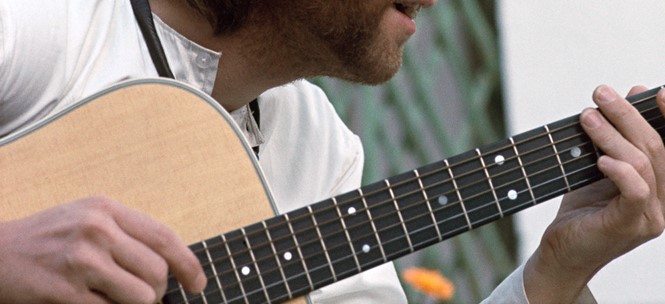 This demo consisted of John playing acoustic guitar and singing lead vocals, which he then double-tracked while the rest of the group sang along on the choruses, clapped, played bongos (or the back of acoustic guitars), and even provided animal noises during the second verse. The song was completely written by this point so all the lyrics and chord changes were in place as on the released version with only a couple noticeable differences. The fourth measure of each chorus has one less beat per measure which makes the flow of the song sound a little awkward and actually trips up the vocalists during the last chorus because of the appearance of someone's clapping to the strange time signature. It's also unusual for the listener to hear John himself sing Yoko's vocal contribution “Not when he looked so fierce.” The song then falls apart at the end with John repeating random variations of the song's title, such as “What did you kill, Bill...What did Bungalow Bill Kill?” This demo consisted of John playing acoustic guitar and singing lead vocals, which he then double-tracked while the rest of the group sang along on the choruses, clapped, played bongos (or the back of acoustic guitars), and even provided animal noises during the second verse. The song was completely written by this point so all the lyrics and chord changes were in place as on the released version with only a couple noticeable differences. The fourth measure of each chorus has one less beat per measure which makes the flow of the song sound a little awkward and actually trips up the vocalists during the last chorus because of the appearance of someone's clapping to the strange time signature. It's also unusual for the listener to hear John himself sing Yoko's vocal contribution “Not when he looked so fierce.” The song then falls apart at the end with John repeating random variations of the song's title, such as “What did you kill, Bill...What did Bungalow Bill Kill?”
 Over four months later, on October 8th, 1968, The Beatles filed into EMI Studio Two at around 4 pm for a marathon recording session for the “White Album.” Since the deadline for the completed album was near, this 16 hour session was desperately needed, the return of the vacationing George Martin ensuring that the group would be up for the task. Over four months later, on October 8th, 1968, The Beatles filed into EMI Studio Two at around 4 pm for a marathon recording session for the “White Album.” Since the deadline for the completed album was near, this 16 hour session was desperately needed, the return of the vacationing George Martin ensuring that the group would be up for the task.
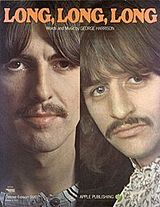 After some overdubbing on George Harrison's previously recorded song “Long, Long, Long” was complete, the rest of the session was devoted to fully recording two John Lennon songs that they hadn't tackled yet, namely “I'm So Tired” and “The Continuing Story Of Bungalow Bill.” John took the lead in whipping the group into shape, as described in Mark Lewisohn's book “The Beatles Recording Sessions”: “Although there were times when John too might spend days or weeks on just one song, he was still prone to making his songs instant. Session tapes at Abbey Road largely reveal Lennon as a man in a hurry, 'Quick, quick, the red light's on, let's go, let's make a record!'” After some overdubbing on George Harrison's previously recorded song “Long, Long, Long” was complete, the rest of the session was devoted to fully recording two John Lennon songs that they hadn't tackled yet, namely “I'm So Tired” and “The Continuing Story Of Bungalow Bill.” John took the lead in whipping the group into shape, as described in Mark Lewisohn's book “The Beatles Recording Sessions”: “Although there were times when John too might spend days or weeks on just one song, he was still prone to making his songs instant. Session tapes at Abbey Road largely reveal Lennon as a man in a hurry, 'Quick, quick, the red light's on, let's go, let's make a record!'”
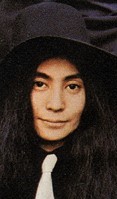 At approximately 4 am the following morning, this now being October 9th, 1968, or John's 28th birthday, attention was turned to “Bungalow Bill.” With the intention of recreating the fun, sing-a-long atmosphere of the demo, three takes of the rhythm track were recorded first. Onto tracks one, two and four of the eight-track tape were John on acoustic guitar and lead vocals, Yoko Ono on backing vocals and lead vocals on one line, George on acoustic guitar and Ringo playing with brushes on his drums while providing backing vocals. Paul undoubtedly recorded his bass live on track three along with the others, but he decided to overdub his bass performance later as we'll see. At approximately 4 am the following morning, this now being October 9th, 1968, or John's 28th birthday, attention was turned to “Bungalow Bill.” With the intention of recreating the fun, sing-a-long atmosphere of the demo, three takes of the rhythm track were recorded first. Onto tracks one, two and four of the eight-track tape were John on acoustic guitar and lead vocals, Yoko Ono on backing vocals and lead vocals on one line, George on acoustic guitar and Ringo playing with brushes on his drums while providing backing vocals. Paul undoubtedly recorded his bass live on track three along with the others, but he decided to overdub his bass performance later as we'll see.
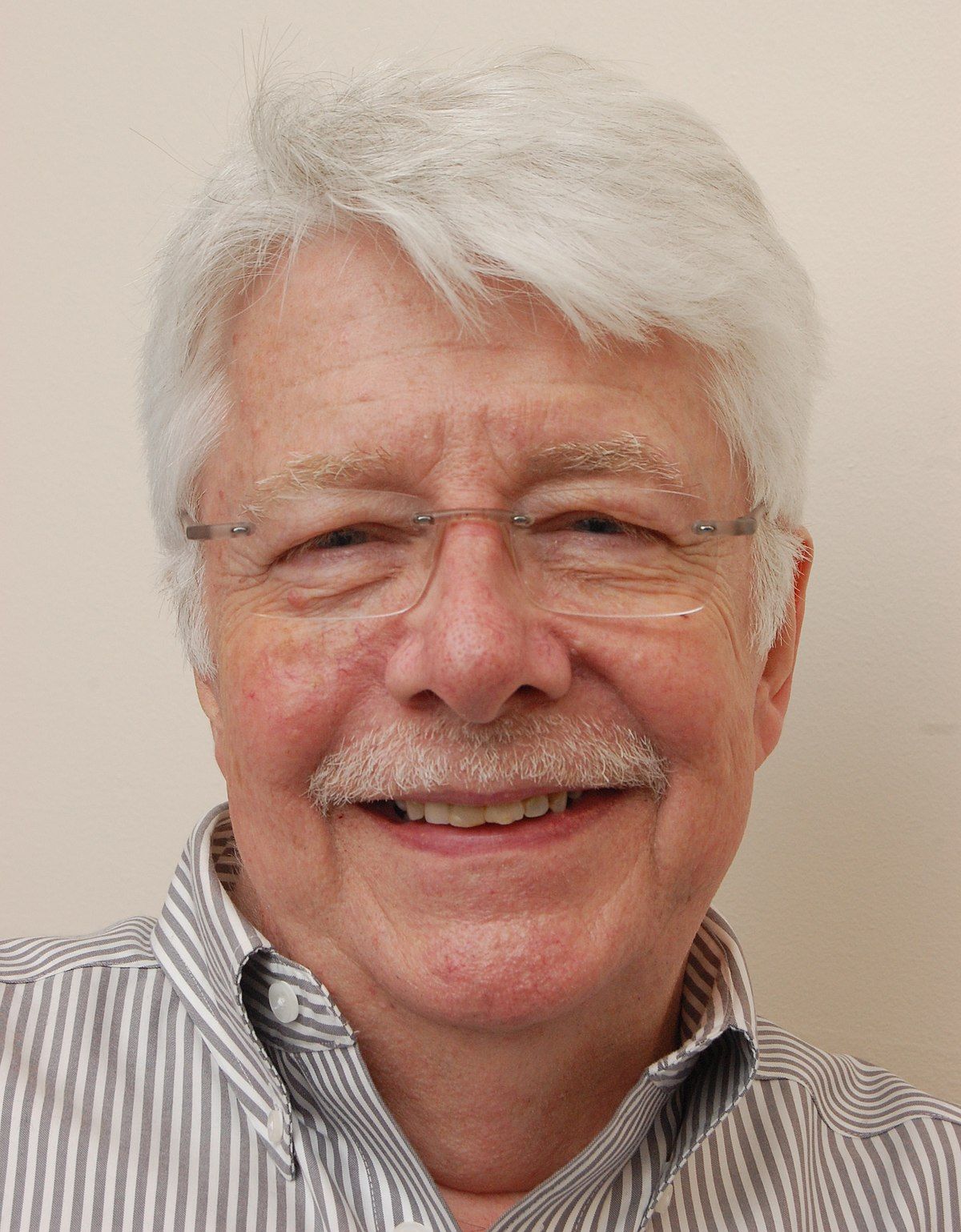 "Take two," which is featured on the "'White Album' 50th Anniversary Super Deluxe" box set, begins with John testing the microphone by repeatedly saying "hello" and then asking Yoko if she can see the handwritten lyrics that they were sharing. In reference to John's complicated chord structure in the song, George then comments, "It's all those changes, amazing changes" before engineer Ken Scott anounces "take two" and John counts off the song. John periodically experiments with changing a lyric in the choruses to "Was it a thrill, Bungalow Bill?," this being abandoned by the time they recorded the next take. Ringo accidentally begins the second chorus with a 2/4 time signature before realizing his mistake, this possibly being the reason this take wasn't used. "Take two," which is featured on the "'White Album' 50th Anniversary Super Deluxe" box set, begins with John testing the microphone by repeatedly saying "hello" and then asking Yoko if she can see the handwritten lyrics that they were sharing. In reference to John's complicated chord structure in the song, George then comments, "It's all those changes, amazing changes" before engineer Ken Scott anounces "take two" and John counts off the song. John periodically experiments with changing a lyric in the choruses to "Was it a thrill, Bungalow Bill?," this being abandoned by the time they recorded the next take. Ringo accidentally begins the second chorus with a 2/4 time signature before realizing his mistake, this possibly being the reason this take wasn't used.
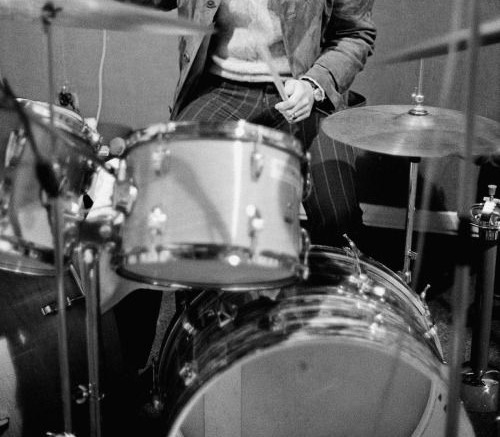 Another noticeable difference from the released version was John ending the second verse with the line "So Captain Marvel zapped him right between the eyessssah!" instead of repeating the word "ZZZZAP!," although he does sing this line in a deliberate Americanized voice in reference to the US comic book that this lyric refers to. As the take dissolves, Ringo continues playing and singing for a few seconds, this followed by Ken Scott announcing "take three," assuming "take two" wasn't good enough. John then asks George Martin, "What do you think?" The producer replies, "I think you can do better," which John agrees with. Lennon then asks, "Is Yoko picking up on that bit?," which is confirmed before they commence with what becomes the definitive performance, "take three." Another noticeable difference from the released version was John ending the second verse with the line "So Captain Marvel zapped him right between the eyessssah!" instead of repeating the word "ZZZZAP!," although he does sing this line in a deliberate Americanized voice in reference to the US comic book that this lyric refers to. As the take dissolves, Ringo continues playing and singing for a few seconds, this followed by Ken Scott announcing "take three," assuming "take two" wasn't good enough. John then asks George Martin, "What do you think?" The producer replies, "I think you can do better," which John agrees with. Lennon then asks, "Is Yoko picking up on that bit?," which is confirmed before they commence with what becomes the definitive performance, "take three."
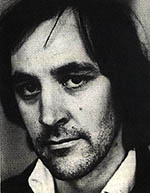 After it was determined that "take three" was the best, undoubtedly because they saw how late the time was, they then commenced adding overdubs. Paul added bass onto track five along with John's vocal interjections "all the children sing" before the verses. Paul added yet another bass part onto track six, and then Chris Thomas made his fourth and final performance for the album on a keyboard by overdubbing Mellotron onto track seven along with Ringo playing tambourine. "I've been very fortunate in having ridiculous fantasies come true, Chris Thomas explained in the "White Album" 50th Anniversary box set. "For instance, playing with The Beatles on 'Bungalow Bill' with George Martin up there producing. Incredible!" Chris also explains the details of what he played on this song: "I played a mandolin-type Mellotron bit in the verses and the trombone-type bit in the choruses," the trombone setting being heard prominently in the last minute of the song. After it was determined that "take three" was the best, undoubtedly because they saw how late the time was, they then commenced adding overdubs. Paul added bass onto track five along with John's vocal interjections "all the children sing" before the verses. Paul added yet another bass part onto track six, and then Chris Thomas made his fourth and final performance for the album on a keyboard by overdubbing Mellotron onto track seven along with Ringo playing tambourine. "I've been very fortunate in having ridiculous fantasies come true, Chris Thomas explained in the "White Album" 50th Anniversary box set. "For instance, playing with The Beatles on 'Bungalow Bill' with George Martin up there producing. Incredible!" Chris also explains the details of what he played on this song: "I played a mandolin-type Mellotron bit in the verses and the trombone-type bit in the choruses," the trombone setting being heard prominently in the last minute of the song.
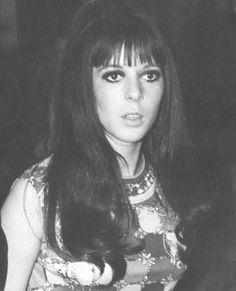 Tracks three and eight of the tape contain overdubs of more acoustic guitars and what the tape box calls "mass voices." "Everyone who was in the vicinity of the studio joined in," remembers Chris Thomas, adding, "That night was really fast going." Along with The Beatles adding backing vocals to the choruses of the song was Ringo's wife Maureen Starkey, track eight ending with clapping and whistling from all participants, something that usually got omitted from the final mix (see "Dear Prudence"). John double-tracked his lead vocals during the third line of each verse and then, at the very end of track eight, he yelled "Ey, up!," which was a northern English greeting that was then used as a perfect segue to George's "While My Guitar Gently Weeps" which follows it on the finished album. Tracks three and eight of the tape contain overdubs of more acoustic guitars and what the tape box calls "mass voices." "Everyone who was in the vicinity of the studio joined in," remembers Chris Thomas, adding, "That night was really fast going." Along with The Beatles adding backing vocals to the choruses of the song was Ringo's wife Maureen Starkey, track eight ending with clapping and whistling from all participants, something that usually got omitted from the final mix (see "Dear Prudence"). John double-tracked his lead vocals during the third line of each verse and then, at the very end of track eight, he yelled "Ey, up!," which was a northern English greeting that was then used as a perfect segue to George's "While My Guitar Gently Weeps" which follows it on the finished album.
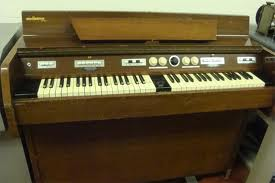 One interesting question that a lot of Beatles fans wonder about concerning this song is: Who plays the fantastic Spanish classical guitar introduction? Engineer Geoff Emerick, in his book “Here, There And Everywhere,” answers this question while he's describing the Mellotron. “It was a revolutionary idea for its time; each key triggered a tape loop of a real instrument playing the equivalent note. There were three sets of tape loops installed, so you could have flutes, strings, or choir at the touch of a button. Some of the keys were even set up to trigger complete prerecorded rhythm sections or musical phrases instead of single notes: Lennon took great delight at hitting the lowest note, which played a corny brassy introduction, followed by an even cornier Jimmy Durante-style 'Yeah!' at the end. Another key triggered a couple of measures of flamenco guitar, which John later made famous when he used it to introduce his song 'The Continuing Story Of Bungalow Bill' on the 'White Album.'” One interesting question that a lot of Beatles fans wonder about concerning this song is: Who plays the fantastic Spanish classical guitar introduction? Engineer Geoff Emerick, in his book “Here, There And Everywhere,” answers this question while he's describing the Mellotron. “It was a revolutionary idea for its time; each key triggered a tape loop of a real instrument playing the equivalent note. There were three sets of tape loops installed, so you could have flutes, strings, or choir at the touch of a button. Some of the keys were even set up to trigger complete prerecorded rhythm sections or musical phrases instead of single notes: Lennon took great delight at hitting the lowest note, which played a corny brassy introduction, followed by an even cornier Jimmy Durante-style 'Yeah!' at the end. Another key triggered a couple of measures of flamenco guitar, which John later made famous when he used it to introduce his song 'The Continuing Story Of Bungalow Bill' on the 'White Album.'”
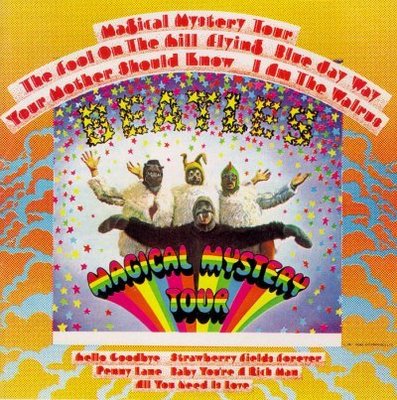 The “corny brassy introduction” Geoff Emerick mentioned above actually did get included on the master tape for their instrumental piece “Flying” from the “Magical Mystery Tour” project, although it was cut out of the mix for the released version. However, since the Mellotron was there in the studio on this day, John thought to repeat this trick, pressing the Spanish guitar key on the Mellotron instead, this being edited on to the beginning of take three on this day. The identity of the actual musician who recorded this performance for the Mellotron has never been determined. Maybe someday we'll find out. The “corny brassy introduction” Geoff Emerick mentioned above actually did get included on the master tape for their instrumental piece “Flying” from the “Magical Mystery Tour” project, although it was cut out of the mix for the released version. However, since the Mellotron was there in the studio on this day, John thought to repeat this trick, pressing the Spanish guitar key on the Mellotron instead, this being edited on to the beginning of take three on this day. The identity of the actual musician who recorded this performance for the Mellotron has never been determined. Maybe someday we'll find out.
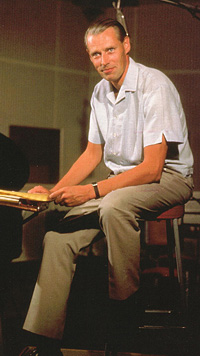 At any rate, “Bungalow Bill” was complete by the end of the session on this day, which didn't conclude until 8 am the following morning. With only two more songs to record, the “White Album” was nearly complete at this stage. At any rate, “Bungalow Bill” was complete by the end of the session on this day, which didn't conclude until 8 am the following morning. With only two more songs to record, the “White Album” was nearly complete at this stage.
Both the stereo and mono mixes of “Bungalow Bill” were created in the control room of EMI Studio Two the following day (actually, later that day), October 9th, 1968, by the engineering team of George Martin, Ken Scott and John Smith. The mono mix has an extra millisecond more space after John's “Eh-up!” before the song abruptly jumps into “While My Guitar Gently Weeps."
 Sometime in 2018, George Martin's son Giles Martin, along with engineer Sam Okell, returned to the master tapes to create a vibrant new mix of the song for inclusion on the various 50th Anniversary editions of the "White Album." Apart from the noticably quieter Spanish guitar introduction, this new stereo mix brings the boisterous spirit of the original recording to life. While they were at it, they also created a stereo mix of the original Esher demo of the song The Beatles made in May of 1968, as well as a stereo mix of the original "take two" of the rhythm track. Sometime in 2018, George Martin's son Giles Martin, along with engineer Sam Okell, returned to the master tapes to create a vibrant new mix of the song for inclusion on the various 50th Anniversary editions of the "White Album." Apart from the noticably quieter Spanish guitar introduction, this new stereo mix brings the boisterous spirit of the original recording to life. While they were at it, they also created a stereo mix of the original Esher demo of the song The Beatles made in May of 1968, as well as a stereo mix of the original "take two" of the rhythm track.
Song Structure and Style
"Bungalow Bill" has a very simple structure, namely, 'chorus/ verse/ chorus/ verse/ chorus/ verse/ chorus/ chorus/ chorus/ chorus/ chorus' (or abababaaaaa). Eight choruses sounds like a lot but, given the humor and frivolity of the song, most fans would probably agree that it comes across as fun and not tedious.
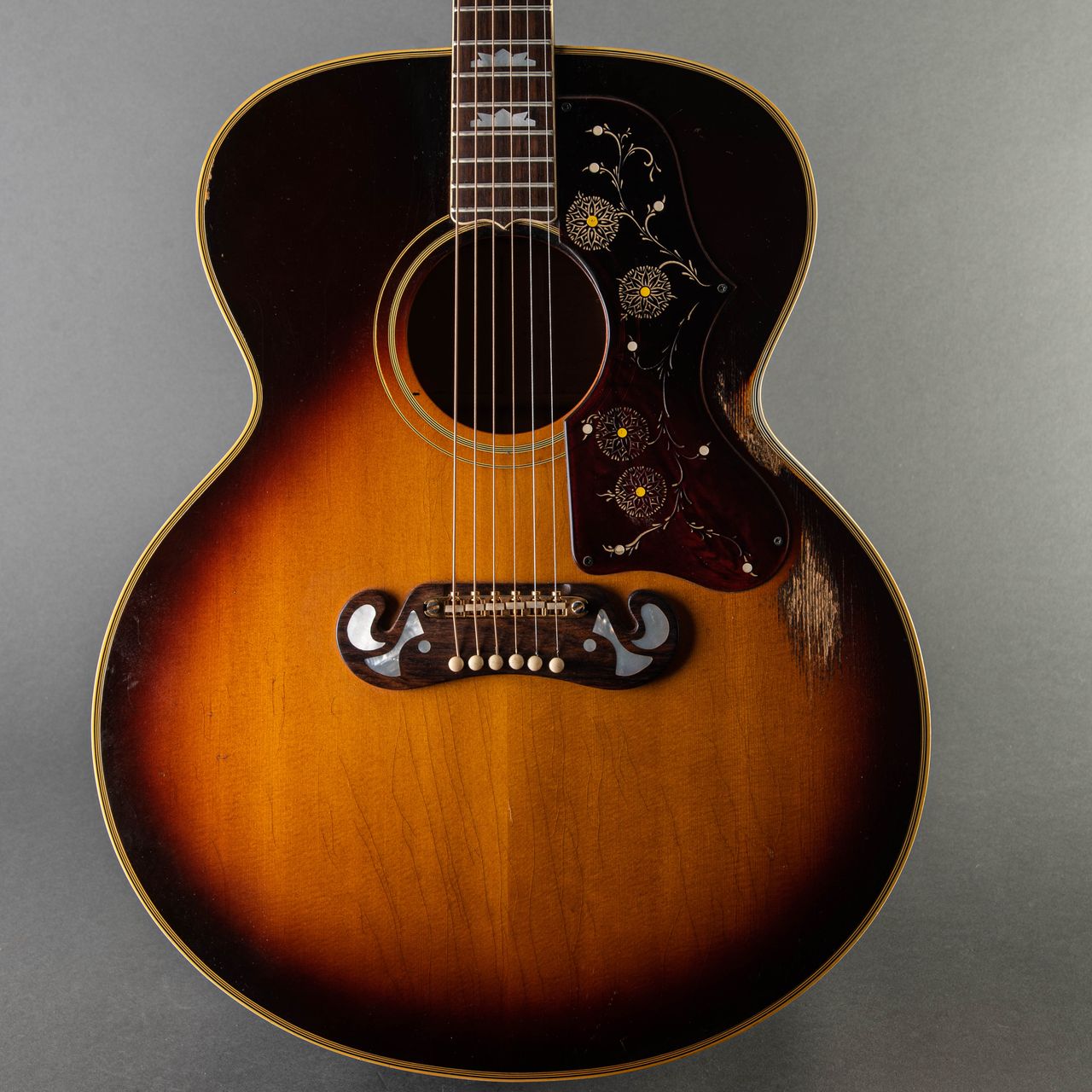 After the excellently played Spanish guitar introduction mentioned above, we enter directly into the first chorus with all voices singing in unison. Full instrumentation is heard right from the downbeat of the first measure, this including both John and George on acoustic guitars, Paul on bass and Ringo on drums. Paul plays a flamboyant pattern on bass with sweeping notes between most chord changes. Ringo's overdubbed tambourine is also present right from the beginning, being hit on the two and four beat of every measure. Incidentally, this chorus is eight measures long and is in 4/4 time except for measure four which is in 2/4 time. The last measure displays a low toned extraneous voice in between the second and third beat, while Ringo puts in a quick drum fill. After the excellently played Spanish guitar introduction mentioned above, we enter directly into the first chorus with all voices singing in unison. Full instrumentation is heard right from the downbeat of the first measure, this including both John and George on acoustic guitars, Paul on bass and Ringo on drums. Paul plays a flamboyant pattern on bass with sweeping notes between most chord changes. Ringo's overdubbed tambourine is also present right from the beginning, being hit on the two and four beat of every measure. Incidentally, this chorus is eight measures long and is in 4/4 time except for measure four which is in 2/4 time. The last measure displays a low toned extraneous voice in between the second and third beat, while Ringo puts in a quick drum fill.
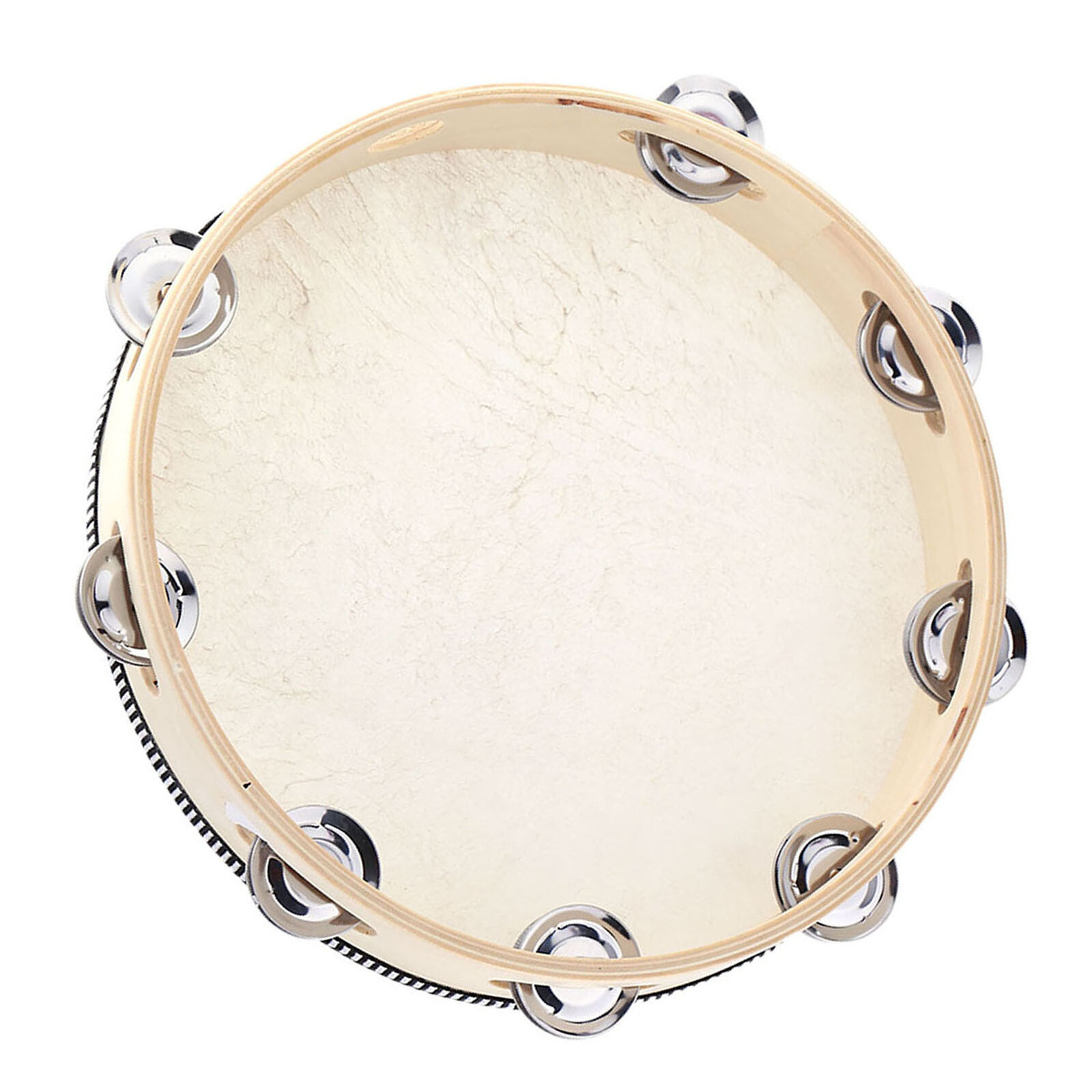 The tempo slows dramatically for the first verse which follows next. All verses are eight measures long in a slowed 4/4 time except for measure six which is in 2/4 and measure eight which is in 3/4. John's is the only vocal heard in this verse, single-tracked until the final phrase in measures five through seven which is double-tracked. Both acoustic guitars are still present as well as simple bass playing and subdued drum work. Chris Thomas plays the Mellotron on a mandolin setting throughout this verse, changing each single key with every chord change, which creates a suitable spooky feel as the details of the story unfold. Some tambourine shaking from Ringo appears in the second measure also. All instrumentation disappears in the seventh measure on the word "son" except for the Mellotron mandolin which hangs in the air in the background. The eighth measure consists of Ringo playing three drum beats to set the tempo for the chorus that follows while John sings in what sounds like an Indian accent "All dee children sing..." The tempo slows dramatically for the first verse which follows next. All verses are eight measures long in a slowed 4/4 time except for measure six which is in 2/4 and measure eight which is in 3/4. John's is the only vocal heard in this verse, single-tracked until the final phrase in measures five through seven which is double-tracked. Both acoustic guitars are still present as well as simple bass playing and subdued drum work. Chris Thomas plays the Mellotron on a mandolin setting throughout this verse, changing each single key with every chord change, which creates a suitable spooky feel as the details of the story unfold. Some tambourine shaking from Ringo appears in the second measure also. All instrumentation disappears in the seventh measure on the word "son" except for the Mellotron mandolin which hangs in the air in the background. The eighth measure consists of Ringo playing three drum beats to set the tempo for the chorus that follows while John sings in what sounds like an Indian accent "All dee children sing..."
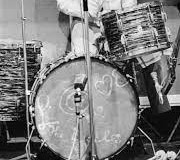 The second chorus is then heard which is identical to the first except that the tambourine doesn't come in until the fifth measure. The second verse then appears which is also instrumentally identical to the first with the exception of there being no trace of tambourine this time around. This is followed by another chorus, this time with the tambourine all the way through, even playing on the third beat of the final measure this time. Ringo seems to falter on the drums a little this time around, playing what sounds like a quick drum fill in the third measure, which is a somewhat unusual place for one. It still sounds cool though. The second chorus is then heard which is identical to the first except that the tambourine doesn't come in until the fifth measure. The second verse then appears which is also instrumentally identical to the first with the exception of there being no trace of tambourine this time around. This is followed by another chorus, this time with the tambourine all the way through, even playing on the third beat of the final measure this time. Ringo seems to falter on the drums a little this time around, playing what sounds like a quick drum fill in the third measure, which is a somewhat unusual place for one. It still sounds cool though.
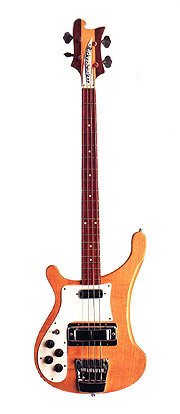 The third verse then appears which has some noticeable differences, the most obvious being Yoko's solo vocal line "not when he looked so fierce" in the third measure and her unison singing with John "if looks could kill it would've been us instead of him" in the fifth through seventh measures. Paul's overdubbed second bass is heard in the fifth through seventh measures as well. John's overdubbed organ is detectable in this verse, especially in the eighth measure where he does a thumb roll up the keyboard. John ditches the Indian accent for this third and final "All the children sing..." line in the eighth measure. The third verse then appears which has some noticeable differences, the most obvious being Yoko's solo vocal line "not when he looked so fierce" in the third measure and her unison singing with John "if looks could kill it would've been us instead of him" in the fifth through seventh measures. Paul's overdubbed second bass is heard in the fifth through seventh measures as well. John's overdubbed organ is detectable in this verse, especially in the eighth measure where he does a thumb roll up the keyboard. John ditches the Indian accent for this third and final "All the children sing..." line in the eighth measure.
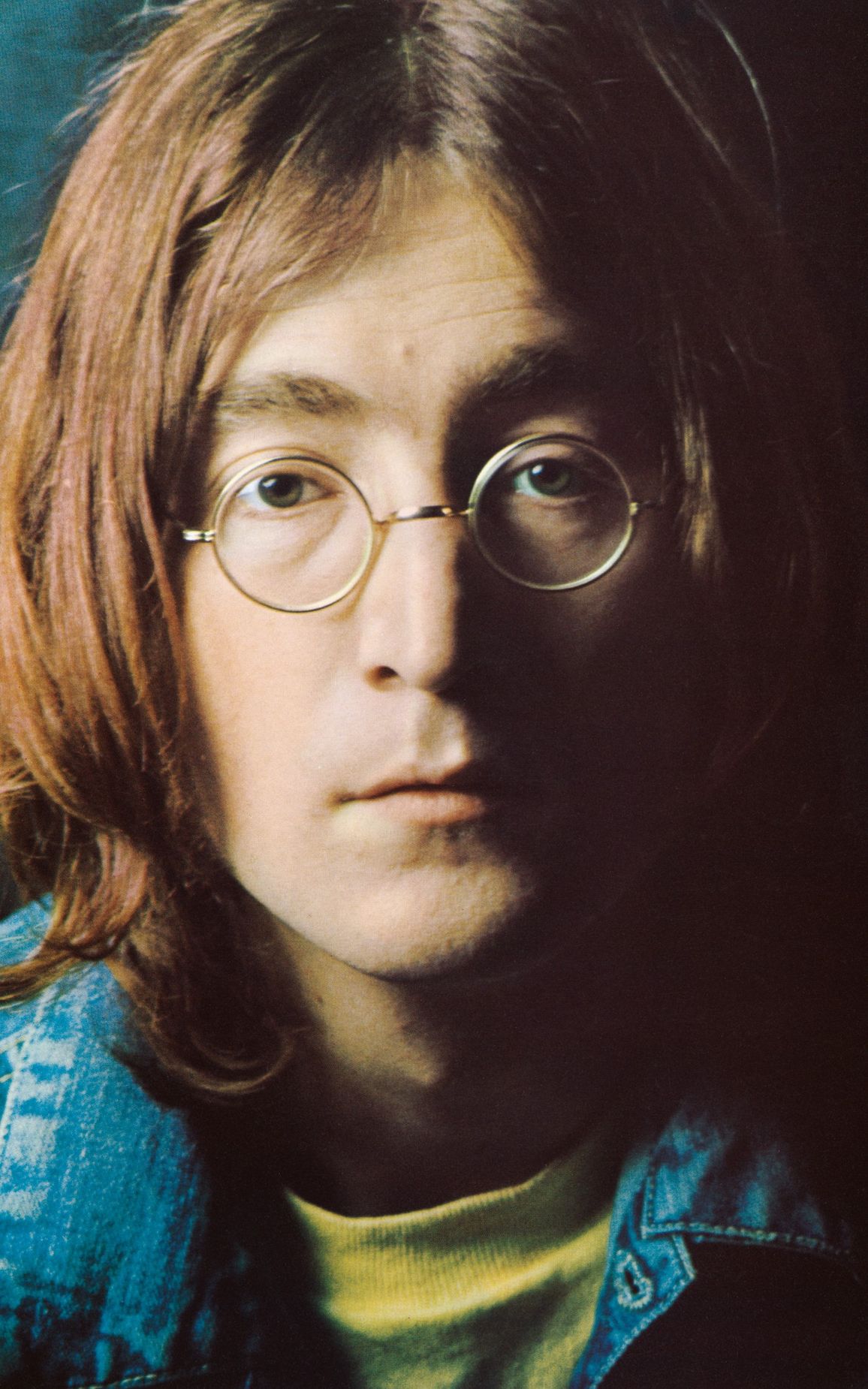 Then comes a total of five choruses in a row which round the song out to its conclusion. One thing that should be noted about the first four choruses is that the eighth measure is in 2/4 time just like the fourth measure in order to create proper symmetry for the back-to-back repetition of the choruses. The first three of these choruses have all of the elements of the choruses heard so far in the song. However, the tambourine starts playing a double-time shaking rhythm in the fourth measure of the first chorus, remaining this way until the very end of the fourth chorus. Then comes a total of five choruses in a row which round the song out to its conclusion. One thing that should be noted about the first four choruses is that the eighth measure is in 2/4 time just like the fourth measure in order to create proper symmetry for the back-to-back repetition of the choruses. The first three of these choruses have all of the elements of the choruses heard so far in the song. However, the tambourine starts playing a double-time shaking rhythm in the fourth measure of the first chorus, remaining this way until the very end of the fourth chorus.
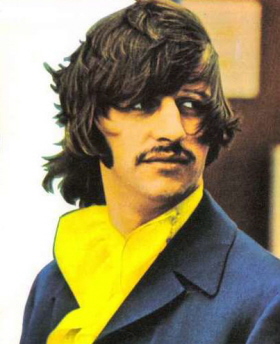 Chris Thomas comes in with the Mellotron on the trombone setting in the second of these choruses playing a single-note replica of the melody line everyone else is singing, this Mellotron lasting until the very end of the song. Ringo skips along nicely and, from time to time, adds a little off kilter accent or drum fill to flavor the fun of the proceedings. Some extraneous voices are heard from time to time to accentuate the fun atmosphere of the song, such as in the eighth measure of the first of these choruses. Chris Thomas comes in with the Mellotron on the trombone setting in the second of these choruses playing a single-note replica of the melody line everyone else is singing, this Mellotron lasting until the very end of the song. Ringo skips along nicely and, from time to time, adds a little off kilter accent or drum fill to flavor the fun of the proceedings. Some extraneous voices are heard from time to time to accentuate the fun atmosphere of the song, such as in the eighth measure of the first of these choruses.
 The fourth of these final choruses adds a group of whistlers to the mix, attenpting to harmonize but frequently out of tune. While the full instrumentation continues into the fourth of these choruses, it all falls apart in the seventh measure when Ringo stops playing the drums and his overdubbed tambourine switches to just the even numbered beats again. As the whistling continues into the first two measures of the fifth and final chorus, the group of vocalists breaks into a full chorus of applause while John tinkers a little on acoustic guitar and Chris Thomas continues to play the melody line on the Mellotron/trombone in a somewhat accelerated tempo. The final notes of the Mellotron are interrupted by John's cry "Eh-up!" which signals the sudden end of the song. The fourth of these final choruses adds a group of whistlers to the mix, attenpting to harmonize but frequently out of tune. While the full instrumentation continues into the fourth of these choruses, it all falls apart in the seventh measure when Ringo stops playing the drums and his overdubbed tambourine switches to just the even numbered beats again. As the whistling continues into the first two measures of the fifth and final chorus, the group of vocalists breaks into a full chorus of applause while John tinkers a little on acoustic guitar and Chris Thomas continues to play the melody line on the Mellotron/trombone in a somewhat accelerated tempo. The final notes of the Mellotron are interrupted by John's cry "Eh-up!" which signals the sudden end of the song.
 “The song showed The Beatles far removed from the days of 'Sgt. Pepper,' with a slap-happy, slapdash recording, preserving imperfections in an effort to capture the right atmosphere.” This quote from Mark Lewisohn's book “The Beatles Recording Sessions” describes “The Continuing Story Of Bungalow Bill” perfectly. Undoubtedly, this extremely late night session set the perfect flippant tone for recording a lighthearted track such as this. The Beatles may not have been at the top of their game as musicians on this track, but all seemed to have had a lot of fun doing it, which is the most important thing in this case. We can easily imagine them all stumbling out of the studio as the sun was rising, going to a nightclub or maybe just home to get some needed sleep. “The song showed The Beatles far removed from the days of 'Sgt. Pepper,' with a slap-happy, slapdash recording, preserving imperfections in an effort to capture the right atmosphere.” This quote from Mark Lewisohn's book “The Beatles Recording Sessions” describes “The Continuing Story Of Bungalow Bill” perfectly. Undoubtedly, this extremely late night session set the perfect flippant tone for recording a lighthearted track such as this. The Beatles may not have been at the top of their game as musicians on this track, but all seemed to have had a lot of fun doing it, which is the most important thing in this case. We can easily imagine them all stumbling out of the studio as the sun was rising, going to a nightclub or maybe just home to get some needed sleep.
American Releases
November 25th, 1968 was the US release date for the double-album "The Beatles" (aka the "White Album") which included "Bungalow Bill" as the sixth track on side one. The album got its first CD release on August 24th, 1987, then as a 30th Anniversary release on November 23rd, 1998, and finally as a remastered CD set on September 9th, 2009. The album's first mono vinyl release in the US didn't happen until September 9th, 2014, while a vibrant new stereo mix was released on vinyl on November 9th, 2018.
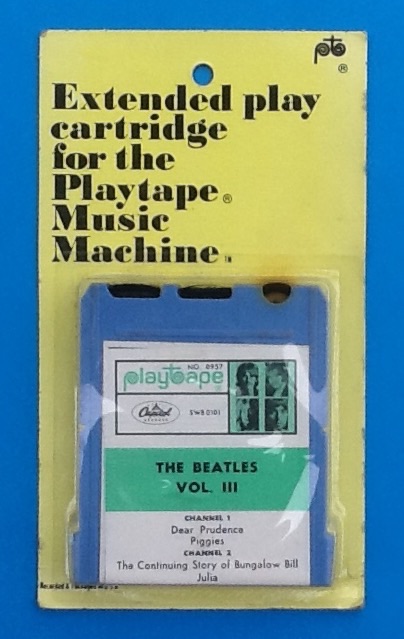 Sometime in 1969, Capitol released “Bungalow Bill” on a short lived format called “Playtape,” which was a tape cartridge made for portable players. Since there wasn't much tape allotted to a cartridge, it took five volumes to contain most of the songs on the “White Album,” “Bungalow Bill" being featured on “The Beatles Vol. III.” These tapes are highly sought after today and are quite valuable. Sometime in 1969, Capitol released “Bungalow Bill” on a short lived format called “Playtape,” which was a tape cartridge made for portable players. Since there wasn't much tape allotted to a cartridge, it took five volumes to contain most of the songs on the “White Album,” “Bungalow Bill" being featured on “The Beatles Vol. III.” These tapes are highly sought after today and are quite valuable.
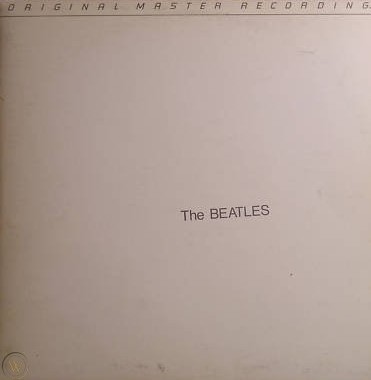 An interesting US vinyl edition of the “White Album” was released on January 7th, 1982, this being manufactured by Mobile Fidelity Sound Lab in Chatsworth, California as part of their "Original Master Recording" series. Their practice was to prepare a new master utilizing half-speed mastering technology from the original master tapes, in this case using the leased sub-master from Capitol Records. This release, which sounded superior to all previous British and American pressings, was packaged in a non-embossed unnumbered cover that did not include the usual poster/lyric sheet or individual Beatles portraits as contained in standard releases. This nonetheless excellent edition of the album was only available for a short time and is quite collectible today. An interesting US vinyl edition of the “White Album” was released on January 7th, 1982, this being manufactured by Mobile Fidelity Sound Lab in Chatsworth, California as part of their "Original Master Recording" series. Their practice was to prepare a new master utilizing half-speed mastering technology from the original master tapes, in this case using the leased sub-master from Capitol Records. This release, which sounded superior to all previous British and American pressings, was packaged in a non-embossed unnumbered cover that did not include the usual poster/lyric sheet or individual Beatles portraits as contained in standard releases. This nonetheless excellent edition of the album was only available for a short time and is quite collectible today.
The first mono appearance of the song in the US was as part of the CD box set “The Beatles In Mono,” which was released on September 9th, 2009, the vinyl edition coming out on September 14th, 2014.
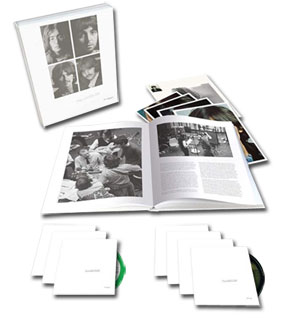 Various editions of the "White Album" were released on November 9th, 2018 to commemorate the 50th Anniversary of its original release. The "Deluxe" edition, which was made available in a 3CD set and a limited edition 180-gram 4LP vinyl set, contained the newly created Giles Martin mix of the "White Album" as well as the complete set of Esher demos that The Beatles recorded in late May of 1968. The "Super Deluxe" 6CD + 1Blu-ray edition also contains the never-before-heard "take two" of the rhythm track of "Bungalow Bill" as recorded in the early morning hours of October 9th, 1968. Various editions of the "White Album" were released on November 9th, 2018 to commemorate the 50th Anniversary of its original release. The "Deluxe" edition, which was made available in a 3CD set and a limited edition 180-gram 4LP vinyl set, contained the newly created Giles Martin mix of the "White Album" as well as the complete set of Esher demos that The Beatles recorded in late May of 1968. The "Super Deluxe" 6CD + 1Blu-ray edition also contains the never-before-heard "take two" of the rhythm track of "Bungalow Bill" as recorded in the early morning hours of October 9th, 1968.
Live Performances
“Bungalow Bill” has never been brought to a concert stage by any Beatle.
Conclusion
Paul was the Beatle that thrived on writing songs focusing on stories about fictional characters. Many examples can easily be cited, such as "Eleanor Rigby," "Lovely Rita," "Rocky Raccoon," "Maxwell's Silver Hammer" and the story of Desmond and Molly in "Ob-La-Di, Ob-La-Da." John, on the other hand, was strictly opposed to writing about fictional characters, opting instead to tailor his compositions around personal events, opinions and experiences.
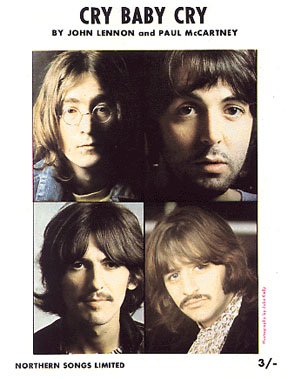 One might well ask: “Well, what about John's songs “Sexy Sadie,” “Polythene Pam” and “The Continuing Story Of Bungalow Bill?” The truth is that these were about real people and real events, disguised by Lennon with pseudonyms or nicknames. Not to say there weren't exceptions to this rule. Was John really singing about “The King of Marigold” and “The Duchess of Kircaldy” in the song “Cry Baby Cry”? And who, pray tell, is “Mean Mister Mustard”? Even though he disliked this kind of writing, he did succumb occasionally. For the most part though, as described above, “Bungalow Bill” did really exist and the events, while condensed, are accurately told in song, the details of which are fondly and proudly corroborated by Richard Cooke III whenever he gets a listening ear. One might well ask: “Well, what about John's songs “Sexy Sadie,” “Polythene Pam” and “The Continuing Story Of Bungalow Bill?” The truth is that these were about real people and real events, disguised by Lennon with pseudonyms or nicknames. Not to say there weren't exceptions to this rule. Was John really singing about “The King of Marigold” and “The Duchess of Kircaldy” in the song “Cry Baby Cry”? And who, pray tell, is “Mean Mister Mustard”? Even though he disliked this kind of writing, he did succumb occasionally. For the most part though, as described above, “Bungalow Bill” did really exist and the events, while condensed, are accurately told in song, the details of which are fondly and proudly corroborated by Richard Cooke III whenever he gets a listening ear.
Song Summary
“The Continuing Story Of Bungalow Bill”
Written by: John Lennon / Paul McCartney
- Song Written: March, April and May, 1968
- Song Recorded: October 8, 1968
- First US Release Date: November 25, 1968
- First US Album Release: Apple #SWBO-101 “The Beatles”
- US Single Release: n/a
- Highest Chart Position: n/a
- British Album Release: Apple #PCS 7067-7068 “The Beatles”
- Length: 3:05
- Key: C major
- Producer: George Martin
- Engineers: Ken Scott, Mike Sheady
Instrumentation (most likely):
- John Lennon - Lead and Backing Vocals, Rhythm Guitar (1967 Martin D-28), Organ (Hammond RT-3), whistling, handclaps
- Paul McCartney - Bass (1964 Rickenbacker 4001 S), backing vocals, whistling, handclaps
- George Harrison - Rhythm Guitar (1968 Gibson J-200), backing vocals, whistling, handclaps
- Ringo Starr - Drums (1964 Ludwig Super Classic Black Oyster Pearl), tambourine, backing vocals, handclaps
- Chris Thomas - Mellotron (Mark II), backing vocals, handclaps
- Yoko Ono - Lead and Backing Vocals, handclaps
- Maureen Starkey - Backing vocals, handclaps
- Others - Backing vocals, handclaps
- Unknown - Spanish acoustic guitar (from Mellotron tape loop)
Written and compiled by Dave Rybaczewski
|
IF YOU WOULD LIKE TO MAKE A DONATION TO KEEP THIS WEBSITE UP AND RUNNING, PLEASE CLICK BELOW!
Sign Up Below for our MONTHLY BEATLES TRIVIA QUIZ!
|